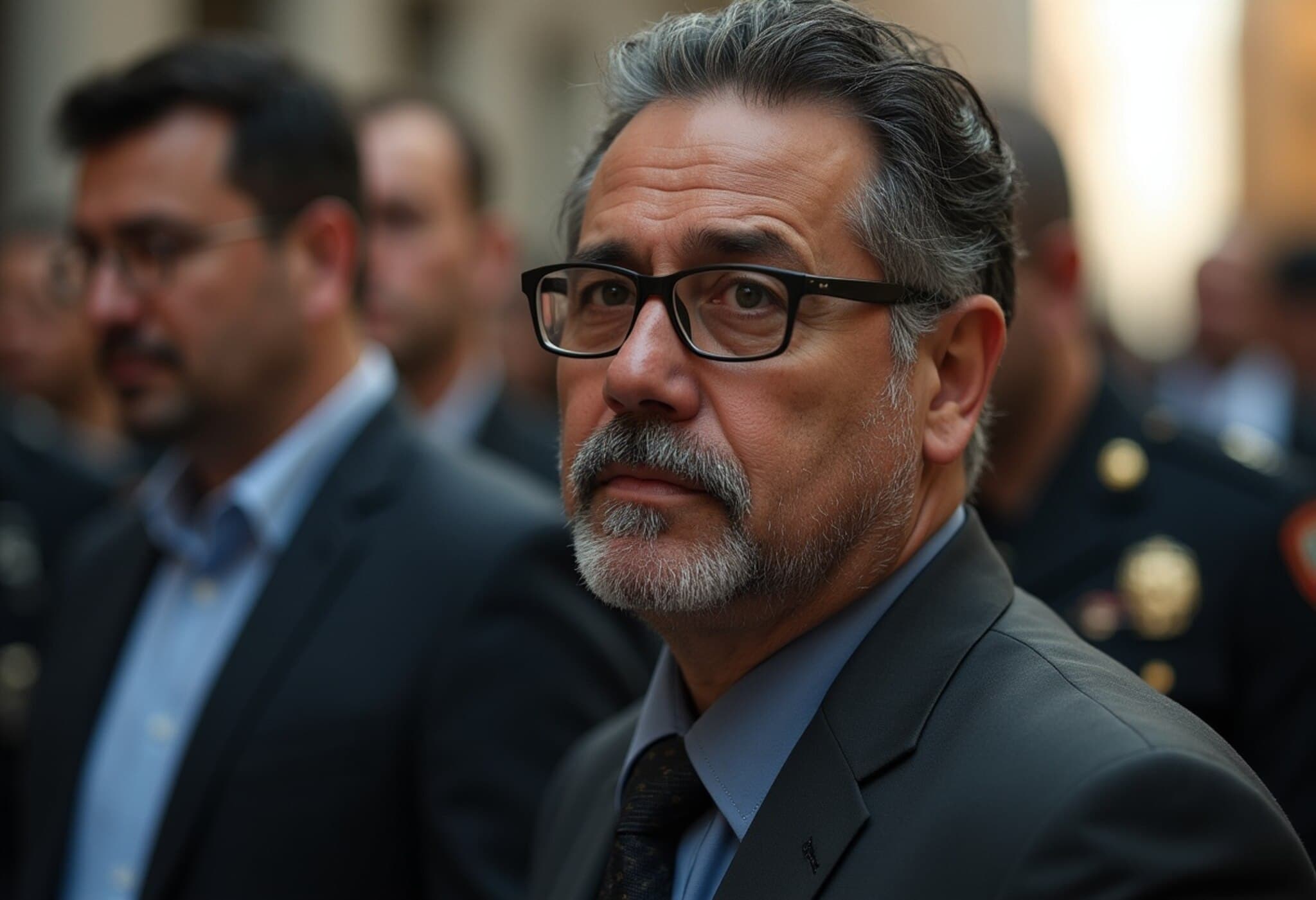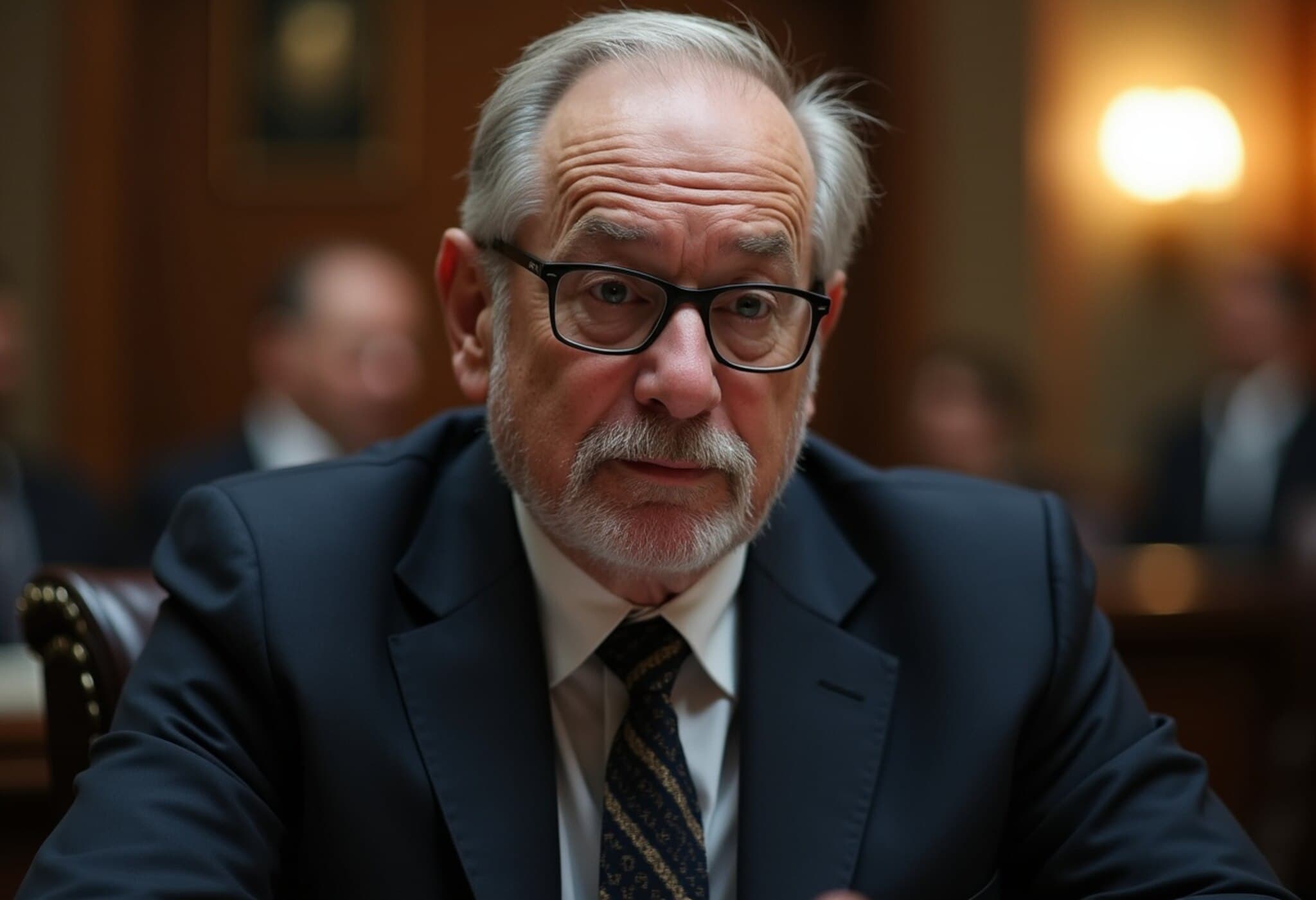Etan Patz’s Vanishing Sparked a National Movement
On a spring morning in 1979, six-year-old Etan Patz set out alone to catch his Manhattan school bus—and vanished. This tragic event didn’t just leave a family shattered; it ignited a profound shift in how America viewed child safety. Etan became one of the first missing children to be widely publicized on milk cartons, embedding his face into the nation’s consciousness and transforming parental anxieties overnight.
His disappearance catalyzed a national movement that forever changed childhood’s landscape, prompting landmark legislation and awareness campaigns. The anniversary of his disappearance is now observed as National Missing Children’s Day, symbolizing the persistent fight to protect vulnerable young lives.
The Deepening Investigation and Long Road to Trial
For more than three decades, Etan’s fate lingered in mystery. While his family legally declared him dead in 2001, law enforcement continued their search relentlessly—spanning continents and crossing borders, even reaching Israel.
In 2012, a new breakthrough came when authorities arrested Pedro Hernandez, a former convenience store worker from Etan’s neighborhood. The arrest was based primarily on a confession that Hernandez reportedly made during a lengthy interrogation. He described luring Etan into a basement with a soft drink, choking the boy, and disposing of his body. However, physical evidence was never recovered, and the confession’s reliability has remained contentious.
Conflicting Narratives and Legal Challenges
- Defense Argument: Hernandez’s lawyers argued he suffers from mental illness and has a low IQ, asserting that the confessions were fabricated fantasies rather than truthful admissions.
- Alternative Suspects: The defense also spotlighted another suspect, previously convicted for molesting boys, who reportedly claimed to have seen Etan on the day of the disappearance but was never charged in connection with the case.
- Prosecutors’ Stance: Prosecutors held firm on Hernandez’s guilt, questioning the legitimacy of his alleged mental health issues and emphasizing the consistency of his confession repeated multiple times.
Federal Appeals Court Reopens the Case
In a stunning development, a federal appeals court recently overturned Hernandez’s conviction. The court focused on a procedural error involving jury instructions related to Miranda rights and confessions during the 2017 trial.
Specifically, the jury had asked whether they should disregard post-Miranda confessions if the initial confession—given before Hernandez was read his rights—was invalid. The trial judge’s reply, “no,” was ruled insufficient. The appellate judges determined that the jury deserved a clearer explanation regarding how to treat confessions potentially impacted by rights violations, including the option to dismiss all confessions.
As a result, Hernandez, now 64, was ordered to be released unless a new trial is convened within a reasonable time frame.
Legacy and Continuing Impact
The disappearance of Etan Patz irrevocably altered the American approach to child safety. Experts like Lisa R. Cohen, author of After Etan: The Missing Child Case that Held America Captive, emphasize how it initiated an era of heightened parental vigilance that has lasted for decades.
Yet, voices such as Professor Jonathan Haidt caution against the overcorrection, arguing that the resulting culture of fear has stifled children's natural development and freedom, which are crucial for healthy growth.
Unanswered Questions and Forward Look
- With no physical evidence and decades passed, can the justice system truly resolve this case?
- How will this reopened case affect national discussions around children's safety, parental rights, and law enforcement interrogation practices?
- What does the case reveal about balancing due process with the emotional urgency surrounding crimes against children?
Editor’s Note
Etan Patz’s disappearance remains etched in the American psyche, a somber reminder of childhood’s fragility and society’s duty of care. As this decades-old case re-enters the courtroom, it challenges us to reflect on justice’s complexities when memory, evidence, and time collide. While the reopened trial may bring closure for some, it also invites broader conversations about how we protect children without sacrificing their freedom, and how vigilant we must remain to ensure no stone is left unturned in seeking truth.
For readers, Etan’s story is more than history—it’s a call to vigilance, empathy, and a continuing commitment to missing children everywhere.



















